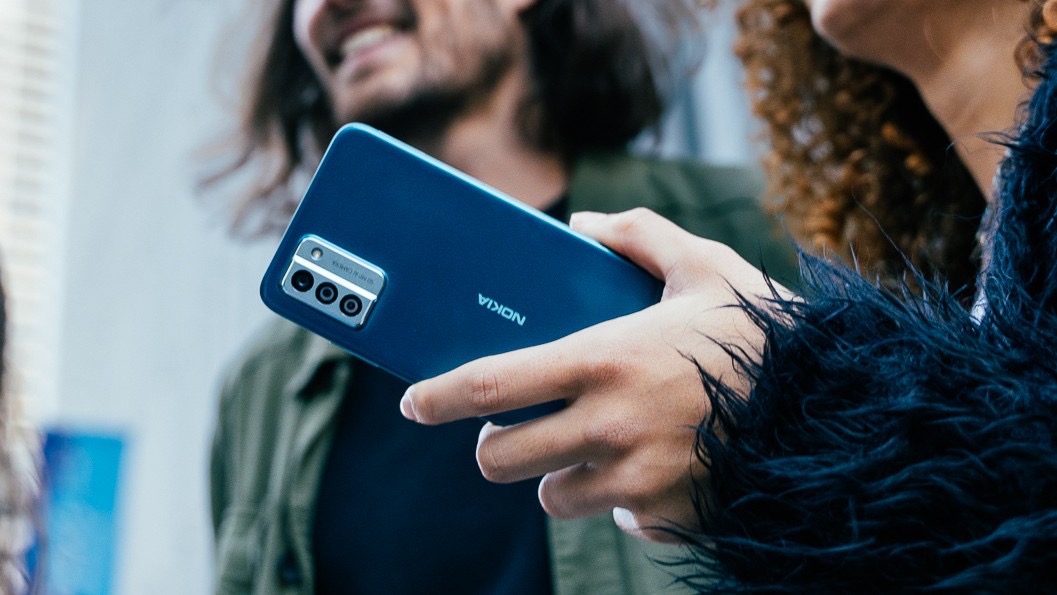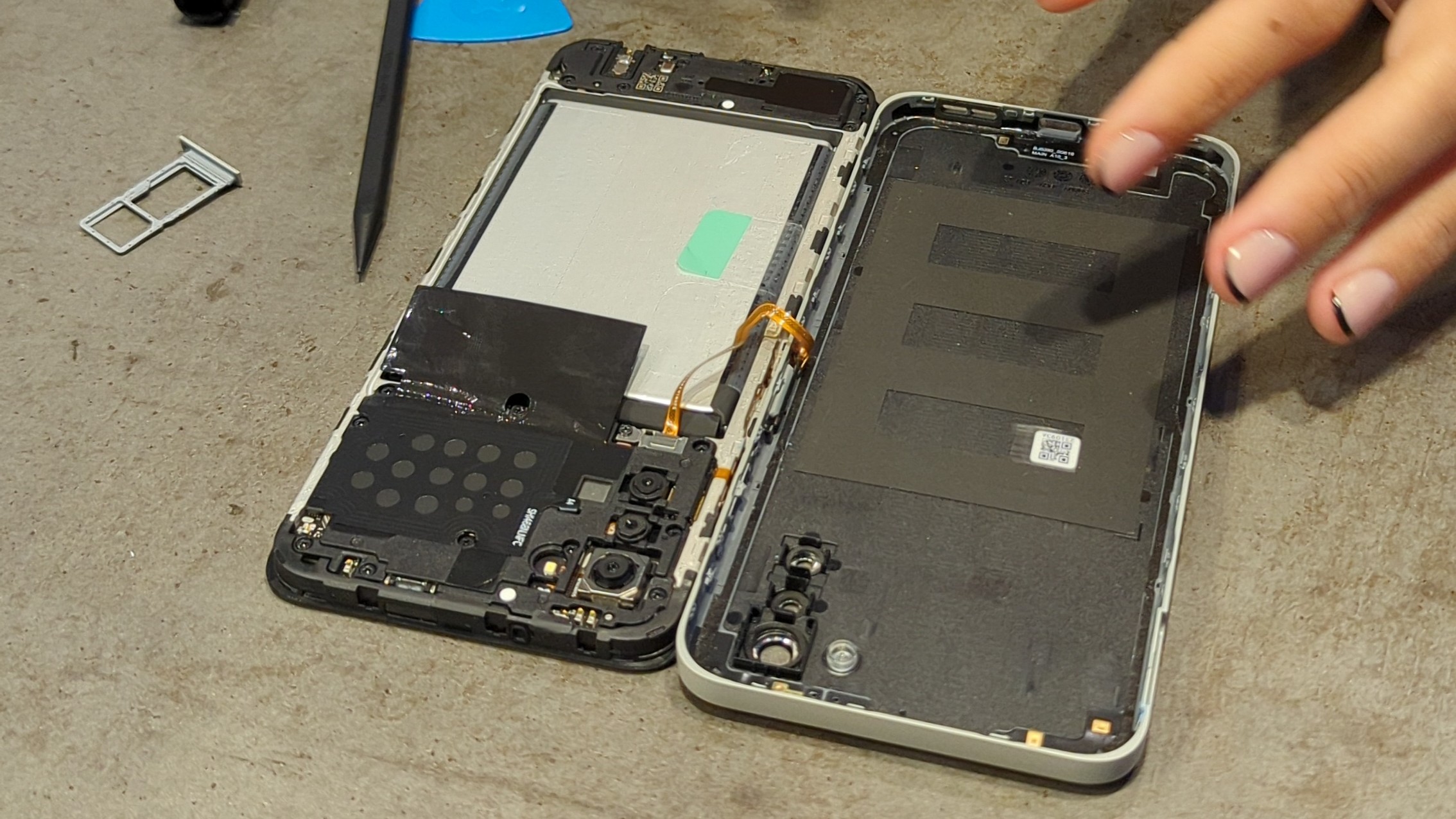Nokia G22 is so easy to repair, you could replace your battery in just 5 minutes
It doesn't void your warranty either

Modern technology is complicated, so when things go wrong you inevitably have to seek the help of a professional. A professional who may or may not charge you a fortune depending on how serious the problem is. Fortunately, progress is being made in the self-repair movement, and HMD’s joining that camp with the launch of Nokia G22.
The Nokia G22 is not your average flagship smartphone product. In fact it’s only going to cost £150 when it launches in the U.K. in March (U.S. pricing and availability is still unconfirmed). But what it may lack in premium features, it certainly makes up for in terms of reparability.
HMD, which currently makes Nokia phones, has emphasised that it wants people to be able to keep hold of their phones for longer. Part of that philosophy is making self-repair even easier, primarily where the battery and display are concerned. Perhaps unsurprisingly, those two components are the ones that cause the most problems — or so says HMD.
So steps have been taken to ensure the G22’s battery and screen can be replaced rather easily. That means reducing the number of steps required to access both components, and offering detailed instructions on how to do it yourself with standard phone repair tools — all thanks to a partnership with iFixit.

Parts will be available to purchase for the next few years, and iFixit will offer detailed instructions on how to carry out these repairs yourself. HMD has demonstrated that replacing the battery, from start to finish, takes around five minutes, while replacing the screen is said to take about 20 minutes.
The best part though? This self-repair does not void your warranty, and HMD says it doesn’t impact the water and dust resistance; provided you follow the instructions, though, and don’t go tinkering with things that should be left well alone.
While the Nokia G22 is still firmly in the budget phone range, it does offer some pretty solid specs. The battery offers 5,050 mAh of capacity, which is rated to last three days and can recharge at 20W speeds. On top of this there’s a 50MP main camera lens with f/1.8 aperture, a 6.52-inch display offering a 90Hz refresh rate, as well as a 3.5mm headphone jack and a microSD card slot rated up to 2TB.
Get instant access to breaking news, the hottest reviews, great deals and helpful tips.

It does, of course, come with some caveats. The glass is made from the aging Gorilla Glass 3, and the screen resolution is limited to 720p. The rear camera also has 2MP depth and macro lenses, which is rather disappointing. The same can be said for the 64GB internal storage, 4GB of RAM and the fact it runs on Android 12 with just two years of OS upgrades.
As great as it is that another phone company is embracing self-repair, it doesn’t change the fact that hardware is only part of the equation. A phone needs more long-lasting software support, certainly where security is concerned, and that’s always been something Android has lacked.
Still, baby steps. While the Apple and Samsungs of the world have already started offering their own self-repair services, those phones are incredibly complex — and the prospect of opening them up could be daunting to a newbie. Particularly since doing so puts your warranty at risk.
HMD might not have the same sway as the major phone companies, but this is still a positive move. At the very least it’s nice to see a company that isn’t Fairphone start to take reparability seriously.

Tom is the Tom's Guide's UK Phones Editor, tackling the latest smartphone news and vocally expressing his opinions about upcoming features or changes. It's long way from his days as editor of Gizmodo UK, when pretty much everything was on the table. He’s usually found trying to squeeze another giant Lego set onto the shelf, draining very large cups of coffee, or complaining about how terrible his Smart TV is.
